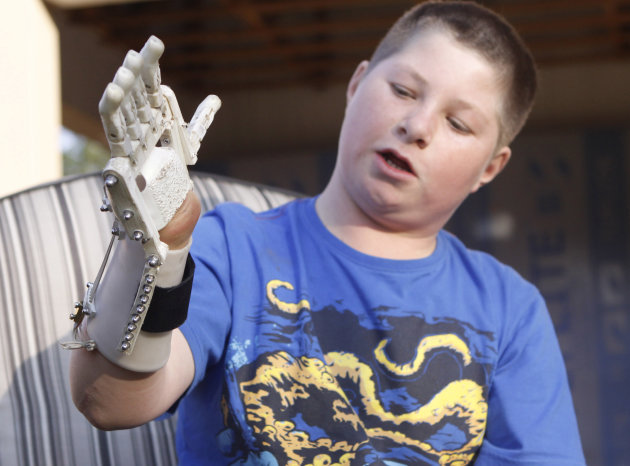
According to the Centers For Disease Control and Prevention, more than 41,000 cases of whooping cough, or pertussis, were reported in the United States in 2012. Infants and children between the ages of 7 and 10 are the two age groups with the highest incidence of the disease. The majority of pertussis deaths occur among infants that are younger than 3 months of age due to barriers such as health care or parental refusal of the DTaP vaccination.
While doctors recommend children from 2 months to 6 years old to receive their five DTaP shots — a combination vaccination that protects kids against diphtheria, tetanus, and pertussis — a significant percentage of kids skip or receive the shots late. Nearly half of children diagnosed with pertussis are found to be under vaccinated, according to a new study.
Findings published online in the journal JAMA Pediatrics revealed that children who skip their whooping cough shots or get them late have a high risk of developing the disease. Researchers conducted a matched case-control study of 72 children (3 to 36 months of age) born between 2004 and 2008 and who were diagnosed with pertussis, and 288 healthy children of similar age who did not catch the disease.
The researchers evaluated how many children in each group received their whooping cough shots on time, and how many children were under vaccinated. Jason Glanz, Ph.D., researcher of the study and senior scientist at Kaiser Permanente Colorado, and his colleagues defined under vaccination for the DTaP vaccine as missing or delaying one or more of the first four doses by the recommended age, says Medpage Today.
Nearly half — 47 percent — of the children diagnosed with pertussis were found to be under vaccinated, compared with 22 percent of healthy children in the study. The researchers believed that 36 percent of pertussis cases among children belonging to this age group could have been prevented with a one-time pertussis vaccination. “Under vaccination is an increasing trend that potentially places children and their communities at an increased risk for serious infectious disease,” wrote the authors of the study.
Under vaccination of whooping cough was attributed to barriers such as health care and parents choosing not to have their children vaccinated. Approximately 30 percent of kids who were diagnosed with pertussis were under vaccinated due to parental refusal. Parents’ failure to get their children vaccinated on time can contribute to a widespread outbreak of whooping cough in the U.S.
Currently, whooping cough has hit Texas the hardest with nearly 2,000 reported cases and two deaths this year, reports Discovery.com. The state could possibly have more cases than what has been reported in the last 50 years.


 About 5 percent of U.S. children and teens are “severely obese,” and the numbers are rising, according to a new statement from the American Heart Association.
About 5 percent of U.S. children and teens are “severely obese,” and the numbers are rising, according to a new statement from the American Heart Association.
 A type of liver disease once thought to afflict primarily adult alcoholics appears to be rampant in children.
A type of liver disease once thought to afflict primarily adult alcoholics appears to be rampant in children. To help kids fight the battle of the bulge, a new study suggests changing up household routines with a few simple strategies.
To help kids fight the battle of the bulge, a new study suggests changing up household routines with a few simple strategies. Impressed by the quality of available healthcare and the surge in advanced facilities in India, a team of international eye specialists aboard the Orbis flying eye hospital – the only of its kind in the world – Tuesday called for exchange of skills and information between countries to combat ophthalmic problems.
Impressed by the quality of available healthcare and the surge in advanced facilities in India, a team of international eye specialists aboard the Orbis flying eye hospital – the only of its kind in the world – Tuesday called for exchange of skills and information between countries to combat ophthalmic problems.